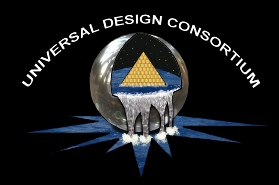



adobe is a natural building material made from sand, clay, and water, with some kind of fibrous or organic material (sticks, straw, dung), which is shaped into bricks using frames and dried in the sun. It is similar to cob and mudbrick. Adobe structures are extremely durable and account for some of the oldest extant buildings on the planet. In hot climates, compared to wooden buildings, adobe buildings offer significant advantages due to their greater thermal mass, but they are known to be particularly susceptible to seismic damage in an event such as an earthquake.
Buildings made of sun-
a distinction is sometimes made between the smaller adobes, which are about the size of ordinary baked bricks, and the larger adobines, some of which are as much as from one to two yards (2 m) long.
Bricks are made in an open frame, 25 cm (10 inches) by 36 cm (14 inches) being a reasonable size, but any convenient size is acceptable. The mixture is molded by the frame, and then the frame is removed quickly. After drying a few hours, the bricks are turned on edge to finish drying. Slow drying in shade reduces cracking.
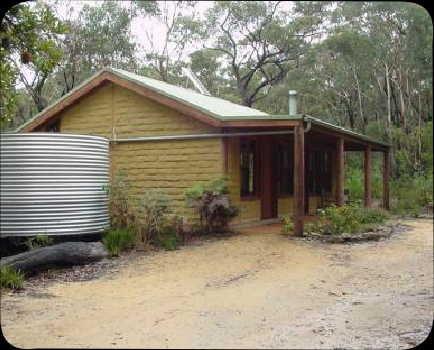
ABOVE: Passive solar designed Adobe cottage constructed in Australia with a gray water collection system attached.
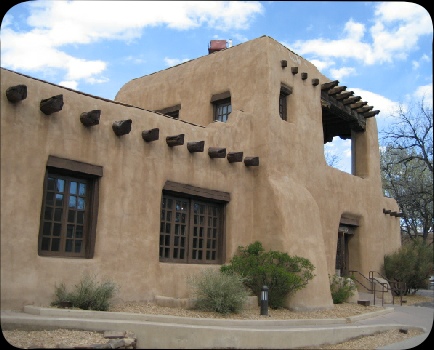
ABOVE: Adobe building in Santa Fe, New Mexico.
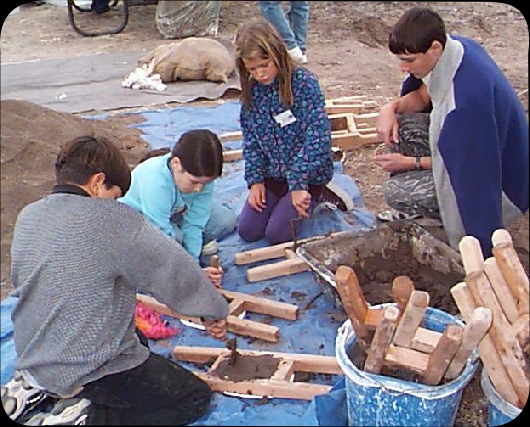
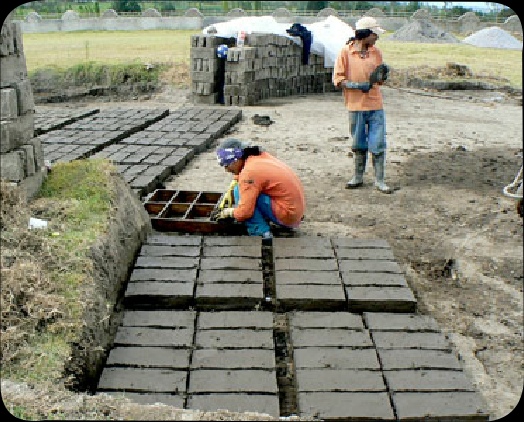
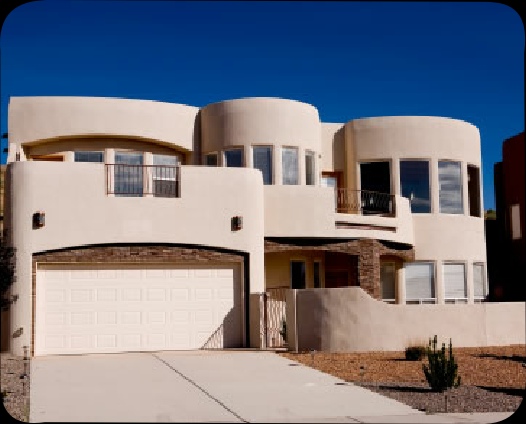
ABOVE: Children fabricating Adobe bricks to be used in new construction.
ABOVE: Workers laying out adobe bricks so they can dry and harden in the sun.
The same mixture to make bricks, without the straw, is used for mortar and often for plaster on interior and exterior walls. Some ancient cultures used lime-
The brick’s thickness is preferred partially due to its thermal capabilities, and partially due to the stability of a thicker brick versus a more standard size brick. Depending on the form that the mixture is pressed into, adobe can encompass nearly any shape or size, provided drying time is even and the mixture includes reinforcement for larger bricks. Reinforcement can include manure, straw, cement, rebar or wooden posts. Experience has shown that straw, cement, or manure added to a standard adobe mixture can all produce a strong brick. A general testing is done on the soil content first. To do so, a sample of the soil is mixed into a clear container with some water, creating an almost completely saturated liquid. After the jar is sealed the container is shaken vigorously for at least one minute. It is then allowed to sit on a flat surface until the soil sediment has either collected on the bottom or remained a blended liquid. If the sediment collects on the bottom, that indicates there is a high clay content and is good for adobe. If the mixture remains a liquid, then there is little clay in the soil and using it would yield weak bricks.
The largest structure ever made from adobe (bricks) was the Bam Citadel, which suffered serious damage (up to 80%) by an earthquake on December 26, 2003. Other large adobe structures are the Huaca del Sol in Peru, with 100 million signed bricks, the ciudellas of Chan Chan and Tambo Colorado, both in Peru.
BELOW: Modernistic example of a adobe house in New Mexico.
Pionomics.com
